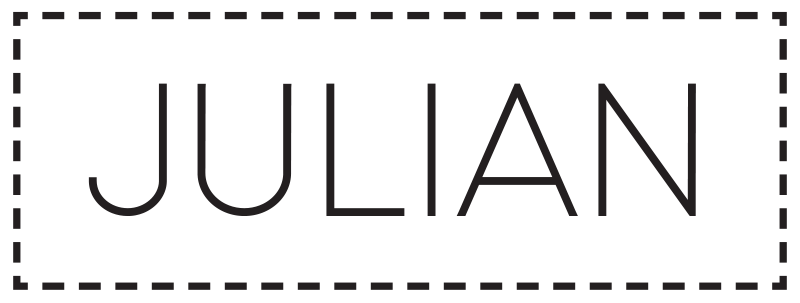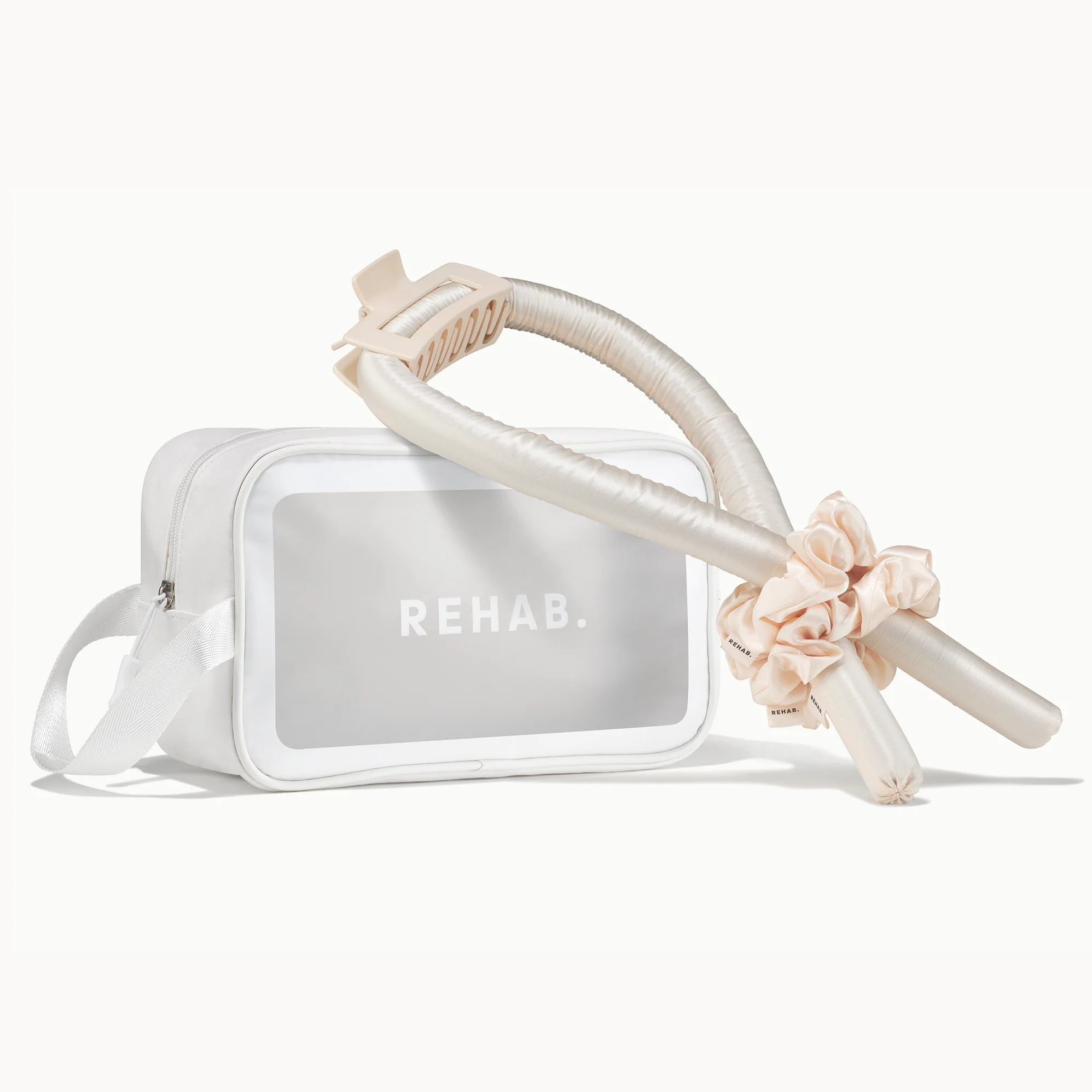Introduction: The Allure of a Name
In a time when digital culture shapes language, identity, and commerce, certain terms evolve into more than just buzzwords—they become cultural symbols. “BaddieHub“ is one such term. To a few, it conjures pictures of self-belief and glamour; to others, it’s miles associated with controversy and moral debate. But what exactly is BaddieHub? Is it a brand, a community, a website, or something more abstract?
This article dives deep into the which means, implications, and effect of BaddieHub as a idea and virtual entity. We’ll discover its aesthetic roots, the darker corners of its online presence, and its broader function in discussions round identity, ownership, and the commodification of online personas.
The ‘Baddie’ Phenomenon: More Than Just a Look
The phrase “baddie” predates the net age, but in recent years, it has taken on new meanings. The term is now synonymous with an effective, hyper-assured, fashion-ahead woman. Think ambitious eyeliner, curated Instagram grids, luxury streetwear, and a commanding presence online. The baddie aesthetic received traction throughout social media, mainly Instagram and TikTok, where influencers showcase glamorous lifestyles constructed on visible attraction, beauty routines, and lifestyle branding.
Baddie culture celebrates:
- Self-made confidence
- Stylish rebellion
- Body positivity and boldness
- Capitalizing on personal branding
The rise of this aesthetic brought with it admiration and influence, but also scrutiny. The internet, while a platform for expression, has a history of reducing individuals to content. This is where BaddieHub enters the picture.
What Exactly is BaddieHub?
There is no single, universally agreed-upon definition of BaddieHub. In various contexts, it has been used to refer to:
- Fan-made forums or content aggregators centered around influencers who fit the “baddie” aesthetic
- Unofficial websites sharing adult or leaked content of social media influencers
- A conceptual “hub” for those following the baddie lifestyle or aesthetic
However, in many cases, BaddieHub is linked to questionable digital practices, such as the unauthorized distribution of private images, scraped videos, or adult content featuring influencers from platforms like OnlyFans or TikTok.
Rather than being a celebratory community, BaddieHub often becomes a space of unauthorized voyeurism, turning creators’ carefully curated personas into commodities traded without consent.
Consent and Exploitation in the Digital Age
The rise of BaddieHub-like structures brings into sharp consciousness a key issue within the digital era: the tension between visibility and consent. Influencers, mainly women, build their brands on visible culture—sharing pix, motion pictures, and even intimate glimpses into their lives. But visibility regularly comes at the cost of management.
The Problem of Non-Consensual Content
Many platforms associated with the term “BaddieHub” are known to:
- Share leaked premium content from OnlyFans and similar sites
- Collect and distribute photos without permission.
- Use influencer names to drive adult content traffic.
This leads to several ethical and legal violations:
- Violation of copyright and intellectual property
- Invasion of privacy
- Potential breaches of revenge porn laws
- Defamation and misrepresentation of creators
These actions blur the line between fan admiration and outright exploitation, turning real individuals into clickable thumbnails for profit.
The Monetization of Image and Identity
The deeper issue here is that BaddieHub reflects a broader societal trend—the commodification of beauty, personality, and online presence. In today’s economy, visibility is currency. For many influencers, posting bold, glamorous content is not just a lifestyle but a livelihood. They are entrepreneurs who package and sell a version of themselves.
However, when platforms like BaddieHub repackage that content, often stripping it of context and consent, it becomes digital theft. The person behind the image is erased, and what remains is a shallow, objectified version created for clicks.
BaddieHub and the Psychology of Online Spectatorship
Why are users drawn to BaddieHub and similar platforms? It speaks to a deeper phenomenon: the human desire to see behind the curtain. People are fascinated not just by beauty but by the idea of intimacy. Leaked content, private moments, and “unfiltered” footage become digital contraband—irresistible precisely because they’re not meant to be public.
This creates a toxic culture where:
- Boundaries are dismissed in favor of access
- Parasocial relationships fuel entitlement
- Viewers begin to believe that public personas owe them something private
The psychological impact on influencers is devastating. Many report feeling violated, unsafe, or even pressured to leave the platform altogether.
The Double Standards Faced by Women Creators
It’s important to highlight that the majority of creators targeted by BaddieHub-like platforms are women, especially women of color. These women are often caught in a no-win situation:
- If they dress modestly, they’re invisible.
- If they embrace their sexuality or confidence, they’re targeted for exploitation.
BaddieHub magnifies this double standard by selectively pulling content that reinforces the fantasy of the hypersexualized influencer, while stripping away the voice, agency, and intention behind that content.
Legal Recourse and the Digital Battlefront
What can creators do when their content appears on a site like BaddieHub?
Takedown Strategies
- DMCA Notices: Creators can file takedown requests for unauthorized use of copyrighted content.
- Legal Action: Some victims pursue civil lawsuits under revenge porn or defamation laws.
- Content Protection Services: Companies now specialize in detecting and removing pirated content across the web.
Unfortunately, these efforts are often met with whack-a-mole challenges. As soon as one version of a site is taken down, another mirror site appears.
Platform Responsibility
Social media giants like Instagram, TikTok, and X (formerly Twitter) are under increasing pressure to:
- Improve content reporting systems
- Offer better protections for creators
- Penalize users who scrape or share stolen material
So far, progress has been slow, and much of the burden still falls on the creators themselves.
BaddieHub as a Symbol of the Digital Age
More than just a website or keyword, BaddieHub symbolizes the contradictions of modern digital culture:
- Empowerment vs. Exploitation
- Visibility vs. Vulnerability
- Admiration vs. Objectification
It reminds us that the same tools that allow creators to flourish are also used against them. The internet’s memory is long, its reach vast, and its respect for privacy tenuous at best.
A Call for Cultural Shift
To combat the damage caused by platforms like BaddieHub, we need more than just laws—we need a cultural shift. That includes:
- Respecting digital consent as much as real-world boundaries
- Educating users on the ethics of content sharing
- Supporting creators instead of stealing from them
- Reevaluating the way we interact with influencer culture
Until then, BaddieHub will continue to exist—not just as a website, but as a symptom of a deeper problem in how we consume, admire, and exploit online personas.
Conclusion: Reclaiming the Meaning of ‘Baddie’
The term “baddie” once stood as a badge of empowerment, rebellion, and self-expression. It still can—if we fight to reclaim its meaning from platforms that profit from exploitation. BaddieHub, in its most exploitative form, distorts what baddie culture stands for. But by raising awareness, demanding accountability, and supporting ethical content practices, we can reshape the narrative.
The future of digital culture depends on it.



